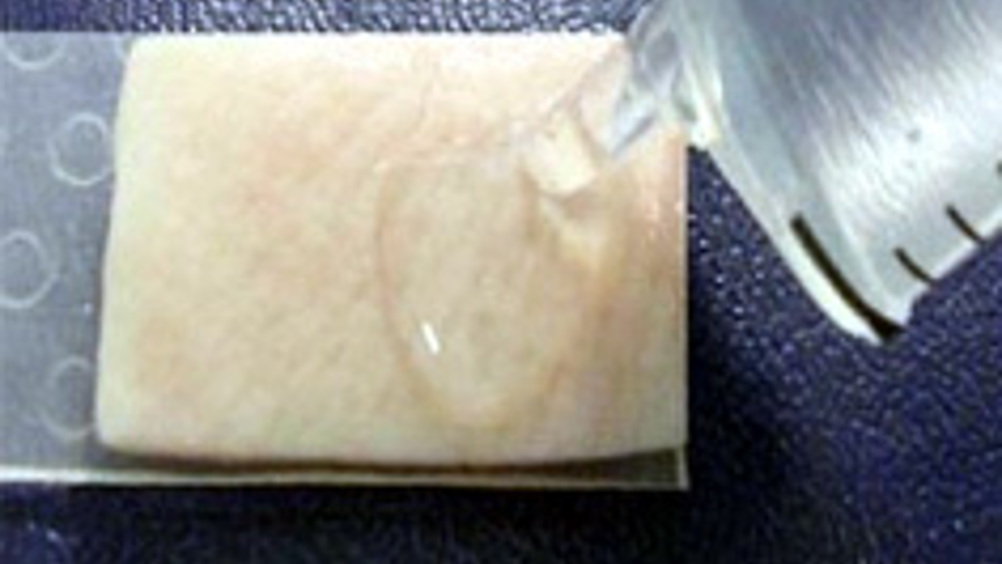New synthetic surgical sealant reduces the risk of infection
Researchers in Australia have developed a new surgical sealant that is easier for surgeons to manipulate and reduces the risk of infection.

Surgical sealants are wax or gel-like substances used with sutures to completely seal internal and external incisions after surgery. Existing sealants are commonly composed of natural materials extracted from human blood, such as fibrin.
‘The major advantage of our sealant is that there’s no risk of infection, because it’s synthetic,’ said Dr Qizhi Chen, from Monash University in Melbourne. ‘It’s not developed from human blood extract, like the current sealants on the market,’
To be effective, a sealant must be sticky enough to allow the suture line to heal underneath; flexible, to allow for the body’s movement; and able to be absorbed by the body.
Although the natural sealants promote wound healing, their use involves a serious risk of blood-borne disease contamination, such as HIV/AIDS or Hepatitis B.
The other major advantage of Dr Chen’s synthetic formula is that it is easy to apply. ‘It can be pasted on as a liquid at 45°C,’ she said. ‘This hardens into a flexible wax-like substance at body temperature.
Register now to continue reading
Thanks for visiting The Engineer. You’ve now reached your monthly limit of news stories. Register for free to unlock unlimited access to all of our news coverage, as well as premium content including opinion, in-depth features and special reports.
Benefits of registering
-
In-depth insights and coverage of key emerging trends
-
Unrestricted access to special reports throughout the year
-
Daily technology news delivered straight to your inbox










Breaking the 15MW Barrier with Next-Gen Wind Turbines
Hi Martin, I don´t have any detailed parameters for the 15MW design other than my reading of the comment in the report ´aerodynamic loads at blade-tip...